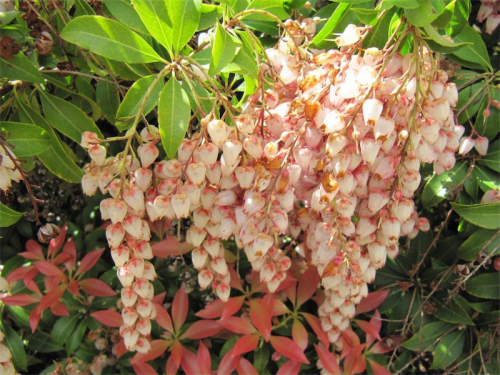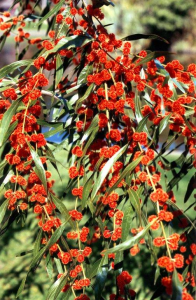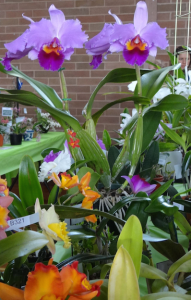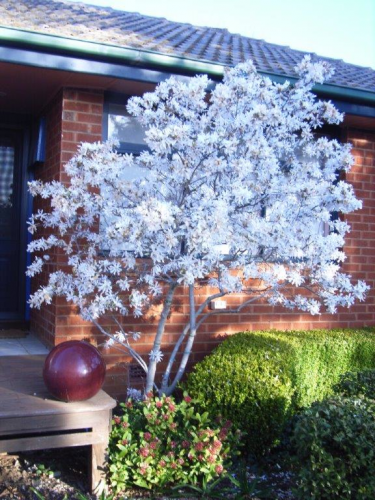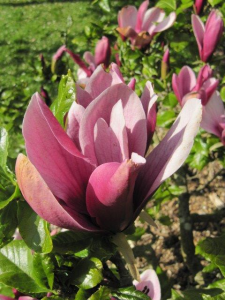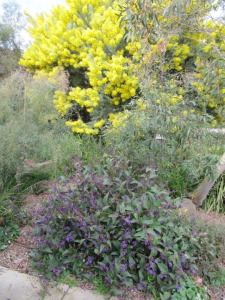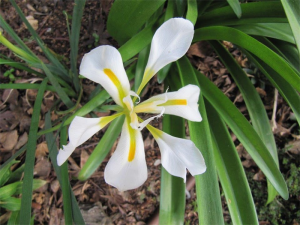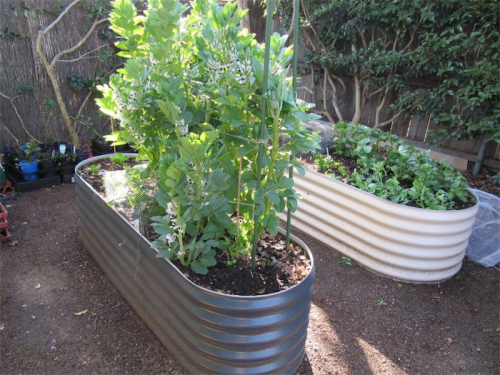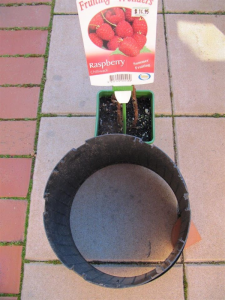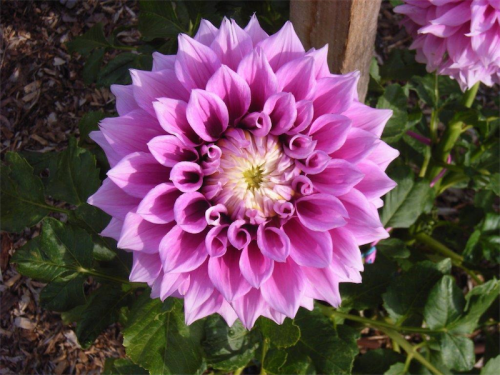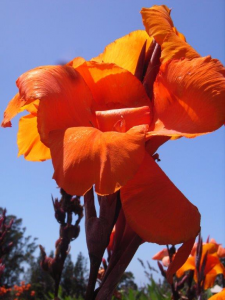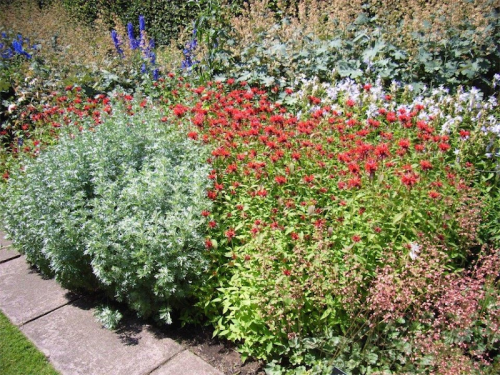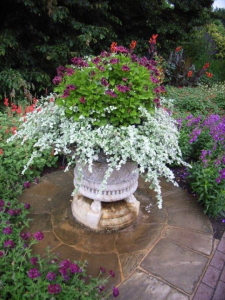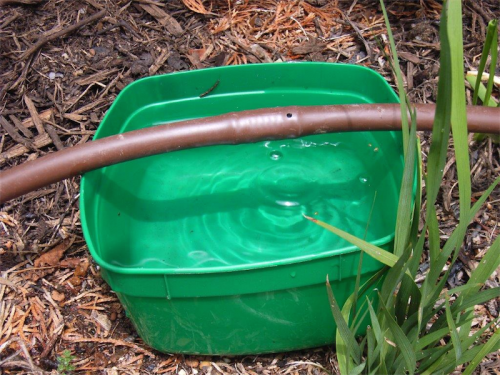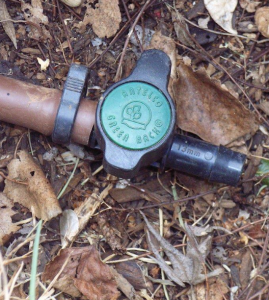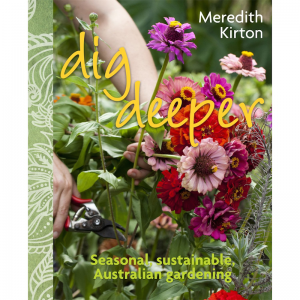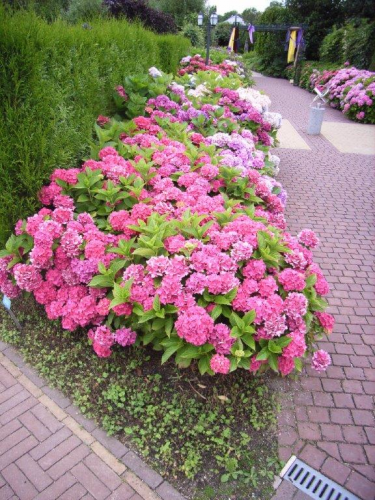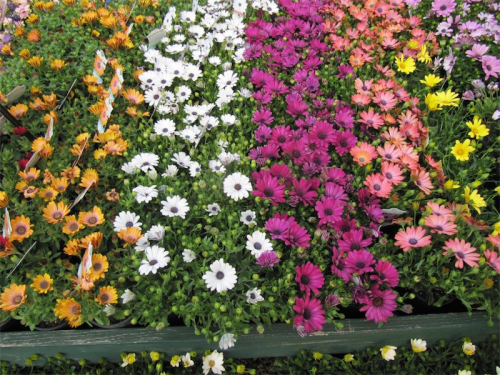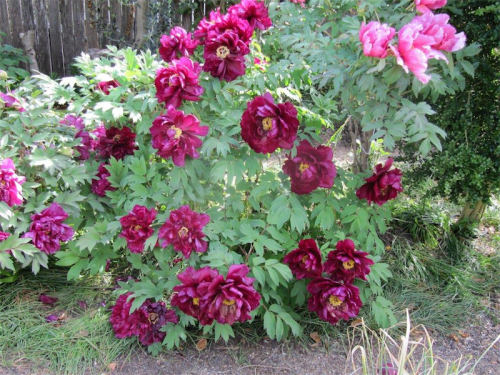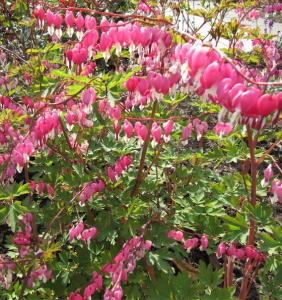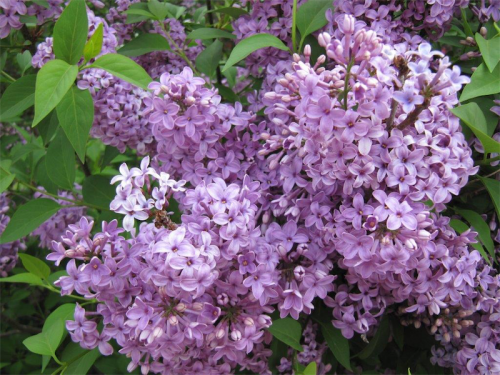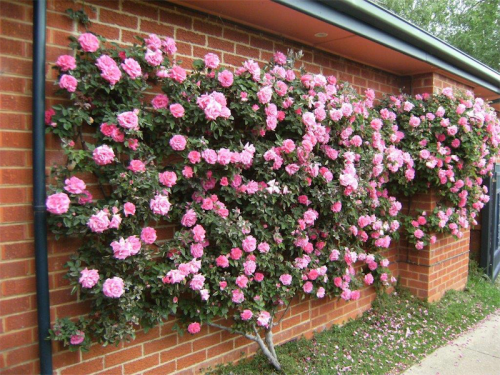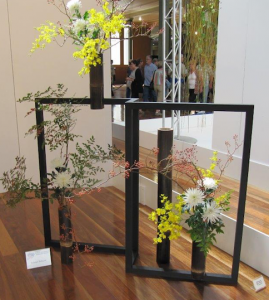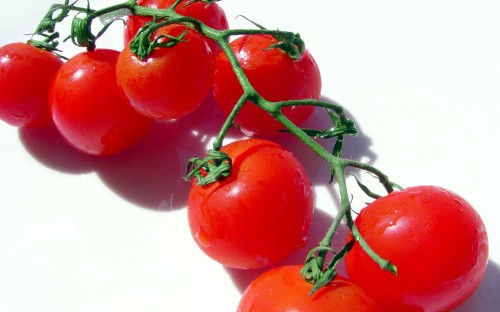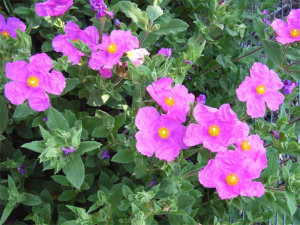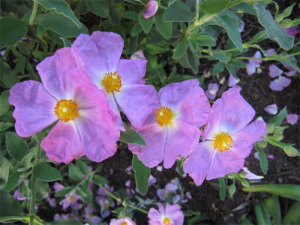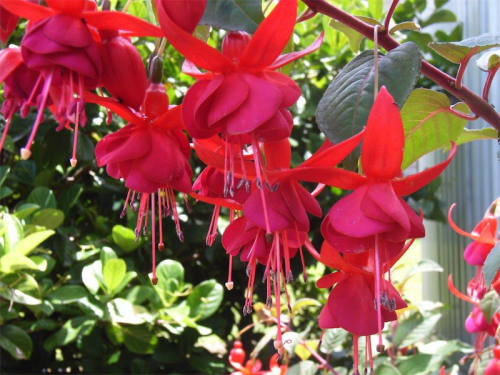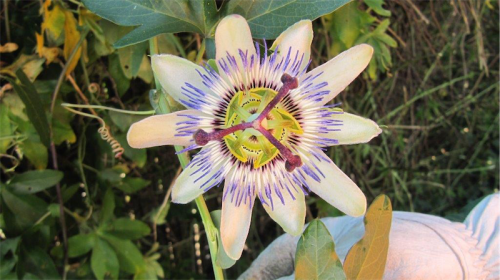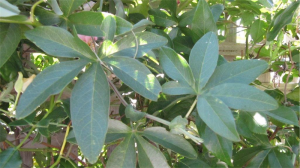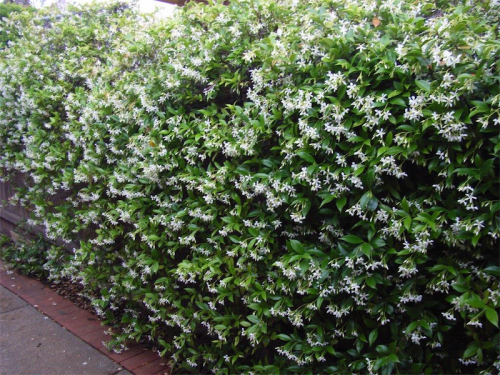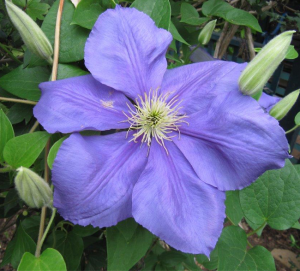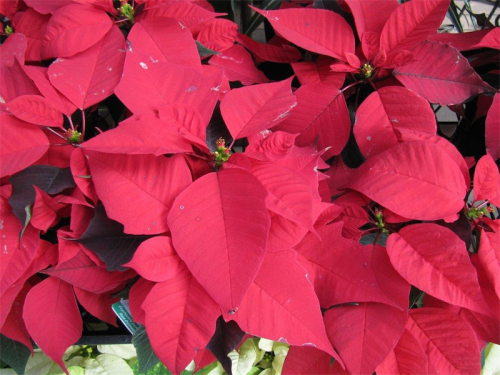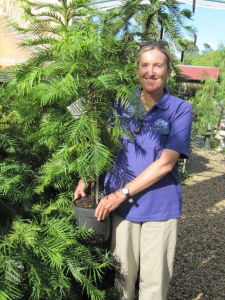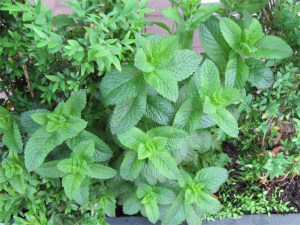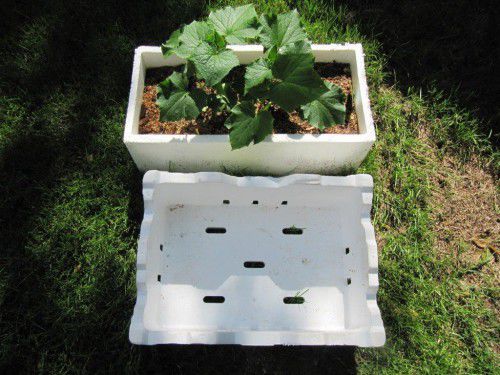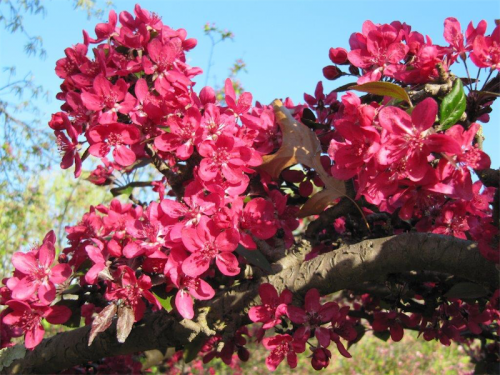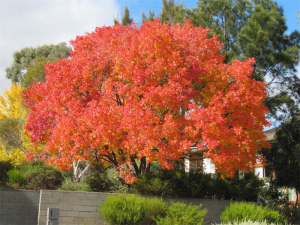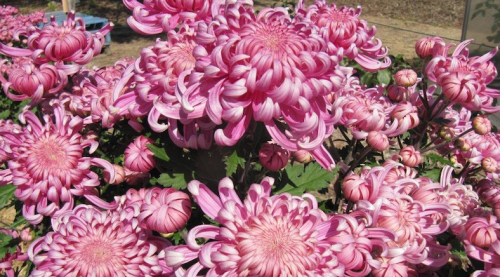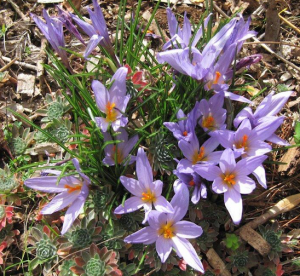It’s flowering now, as is Daphne, although not with the same delicious fragrance. But it’s rather more interesting in its own way as the flowers appear at the same time as the distinctive new red leaves.
Pieris is also an ideal companion for rhododendrons and azaleas, preferring an acid, well-drained soil.
Pine needles are a great acid mulch, especially when the top layer of needles is pulled back and underneath is a rich mulch of composted needles. They are perfect for digging into the soil and on top.
If your soil is heavy clay, lightly dig it over and apply liquid Multicrop Groundbreaker, which has the advantage of soaking deeply down and sideways in the soil. Gypsum, so popular with garden advisers, will stay only where you have dug it in, which is usually only a spade depth. In addition, planting acid-loving shrubs on a mound helps with drainage.
SOME of the most popular Pieris include P. Formosa, which gives a clue to their origin and across the Eastern Himalaya. This variety was introduced into the West by plant hunters in about 1858.
One of the most famous of these was George Forrest, after whom many plants are named, including P. Forrestii, which is classified as one of the most beautiful of all shrubs with its brilliant red young growth and the large, slightly fragrant white flowers borne in long conical panicles, growing up to 2.5m. I included this variety with azaleas and a backdrop of a large camellia into my design of the courtyard of the National Film and Sound Archive.
OTHER varieties include P. “Bert Chandler”, which is bred in Australia by Chandler at his nursery in the Dandenongs. The young foliage is salmon-pink, changing to cream then white and finally green. It was awarded the Royal Horticultural Society Award of Merit in 1977.
Look out also for P. japonica, P. floribunda and P. “Christmas Cheer”, which are readily available in garden centres at this time.
SEPTEMBER 1 may herald spring, but in Canberra I prefer to call the spring equinox on September 23 as the season’s start.The wattles are already bursting forth in their brilliant yellow. Although hard to accept in any other colour, look out for the stunning Acacia leprosa “Scarlet Blaze”, the world’s only red wattle and selected as the State flower of Victoria for the Bicentenary of Federation in 2001.
As rare as the Wollemi Pine, a single plant was found growing in the north-east of Melbourne in 1995. From that plant many were propagated, which is just as well because the original plant is now dead.
Jottings…
• Cut back old foliage on ornamental grasses such as Miscanthus to encourage new growth.
• Prune apple and pear trees.
• Start preparing the veggie garden for spring planting. Add garden lime and work into the soil along with Neutrog Seamungus, which is a combination of seaweed and free-range chook poo. Beans in particular like a lime soil.
• Check bulbs, tubers and rhizomes in storage to see if any are rotting and remove from the healthy plants, especially dahlias.
• Prune crepe myrtle, which only flower on new season’s wood.
• Spray peach and nectarine trees with Bordeaux or Kocide once the pink of the flowers starts to show. Include the ground under the trees.
• Cow manure is the best for gardens, as it is weed free. Cows chew the cud which destroys even fine weed seeds. Remember, manure is not a mulch. Your home-made garden compost and manure goes on to the garden beds first and then mulch with Canberra Sand and Gravel’s Organic Mulch.
The post Gardening / A growing passion for ‘pearls’ appeared first on Canberra CityNews.
